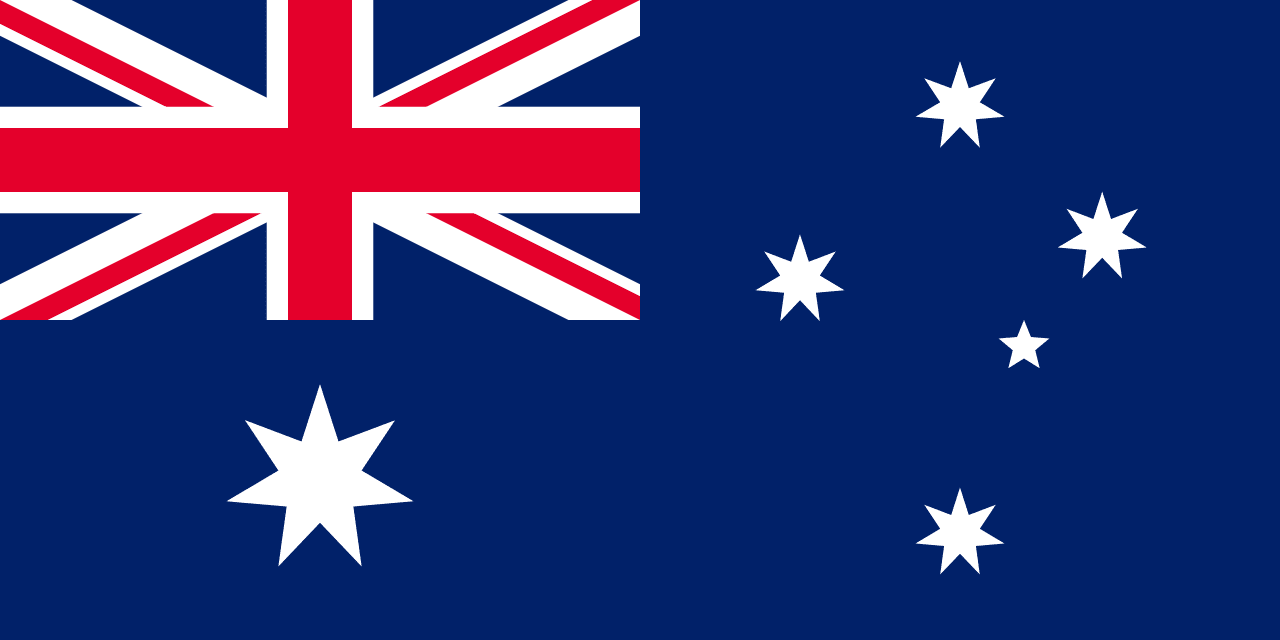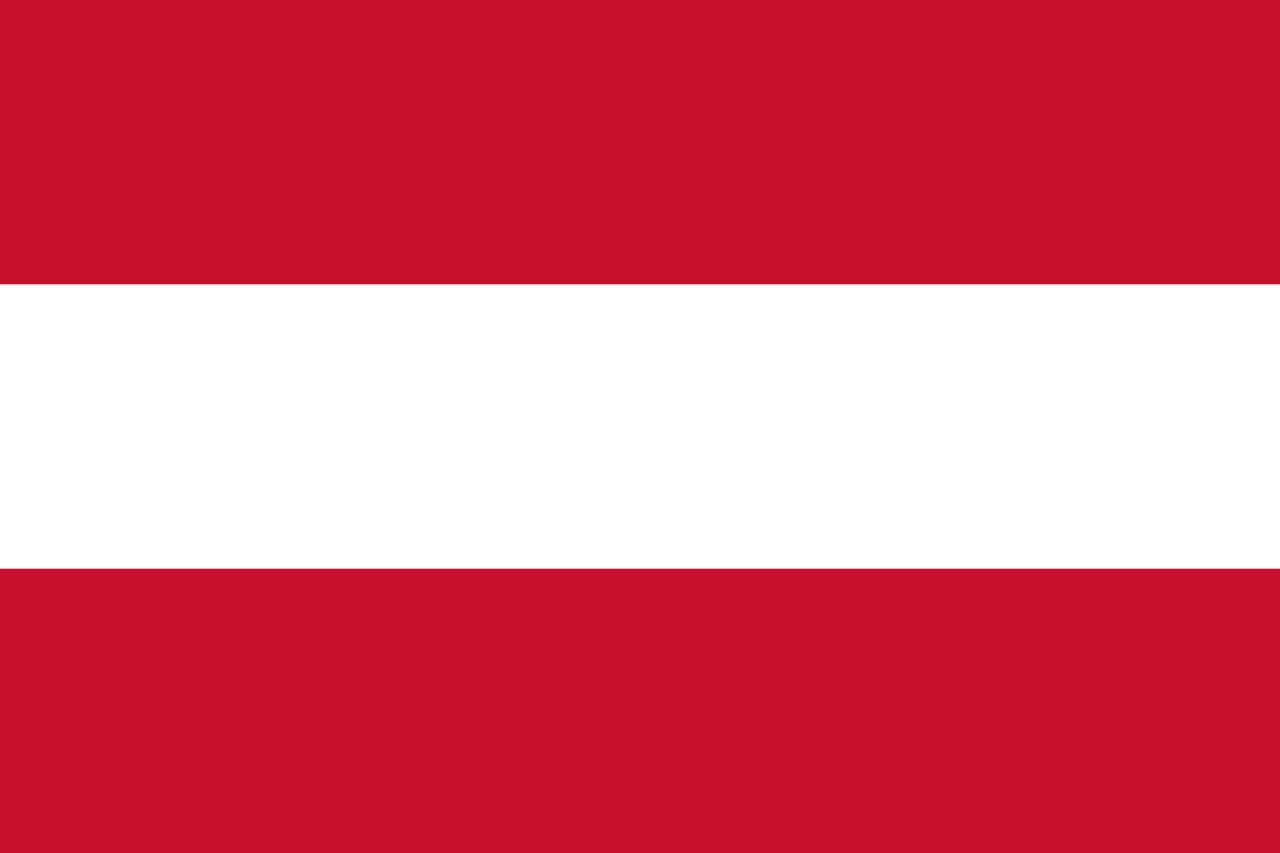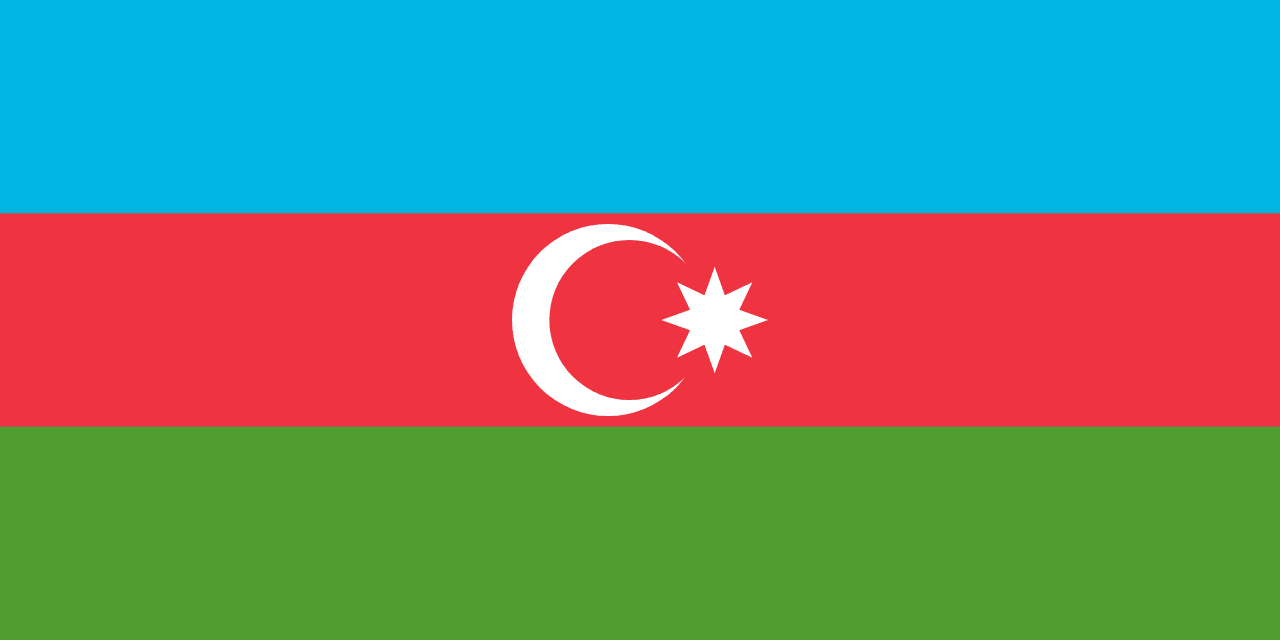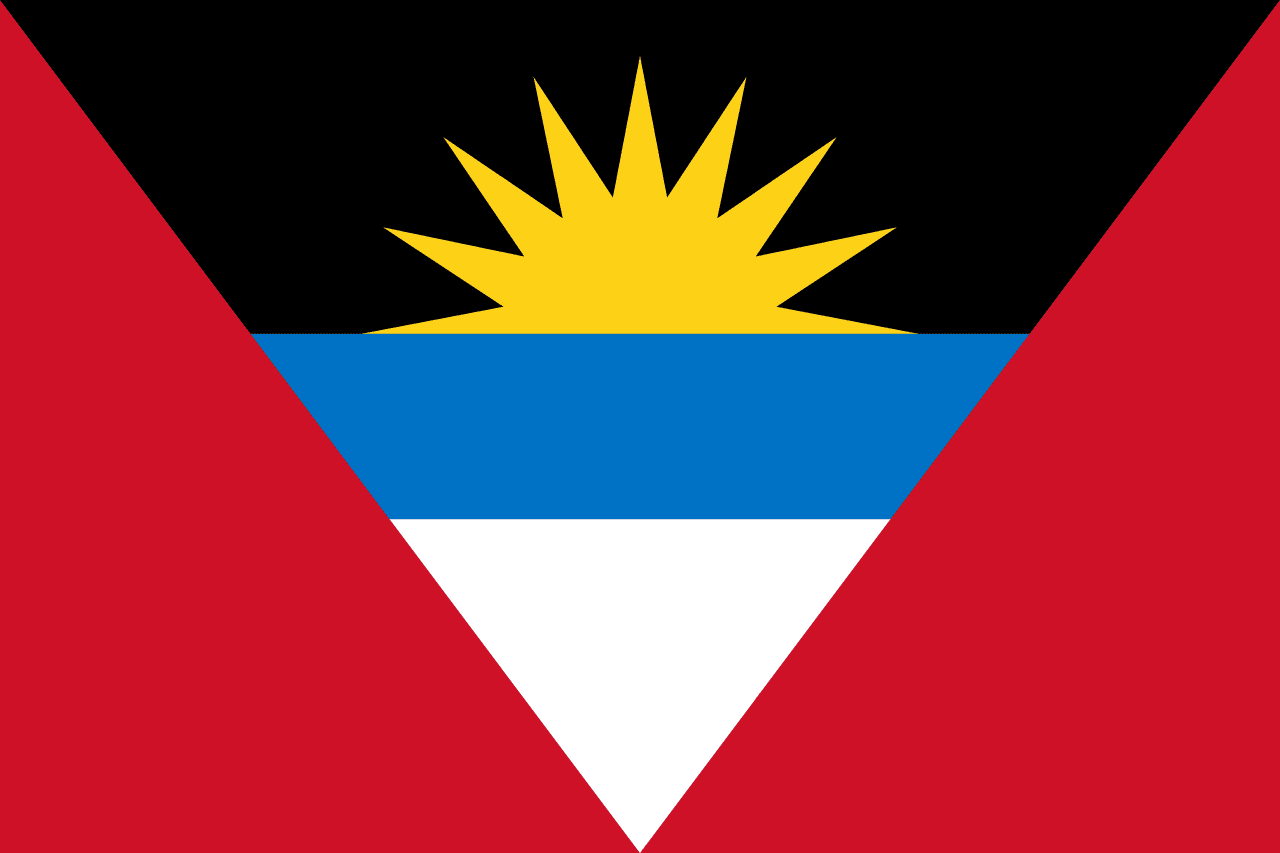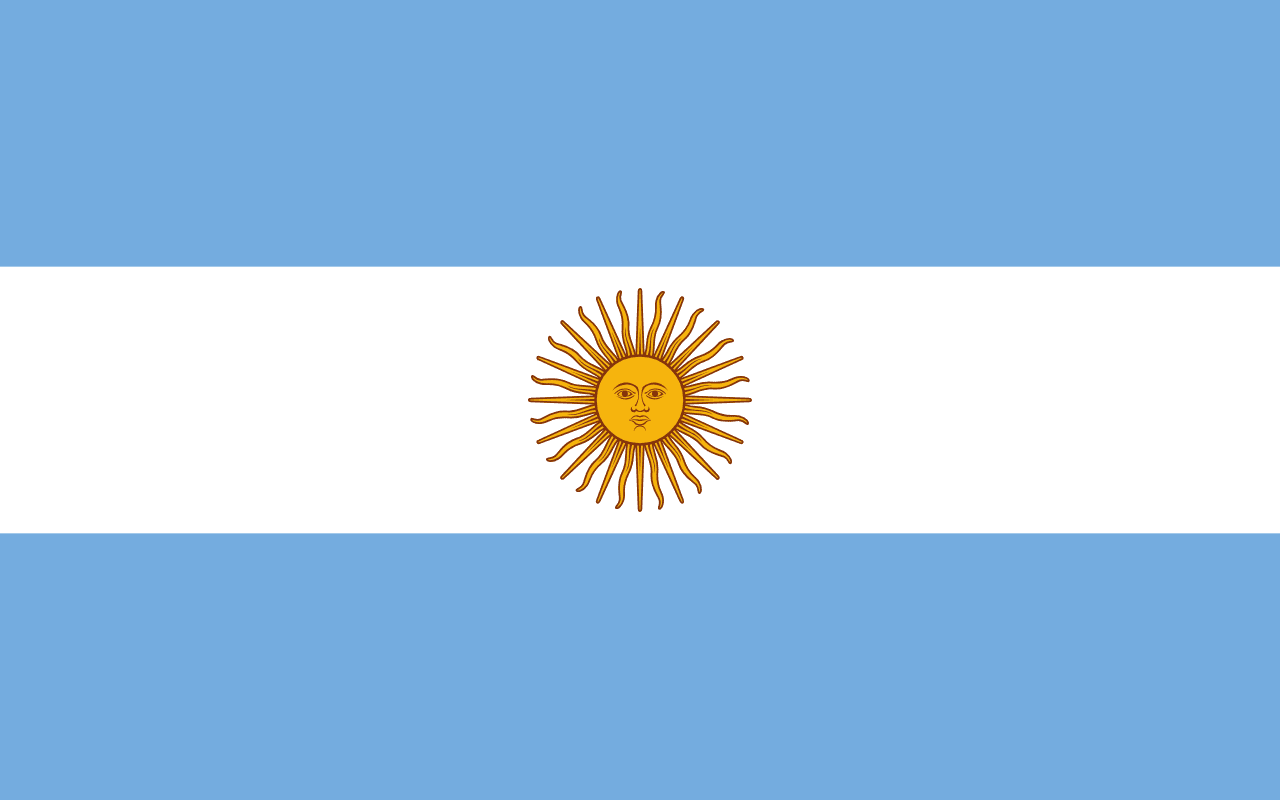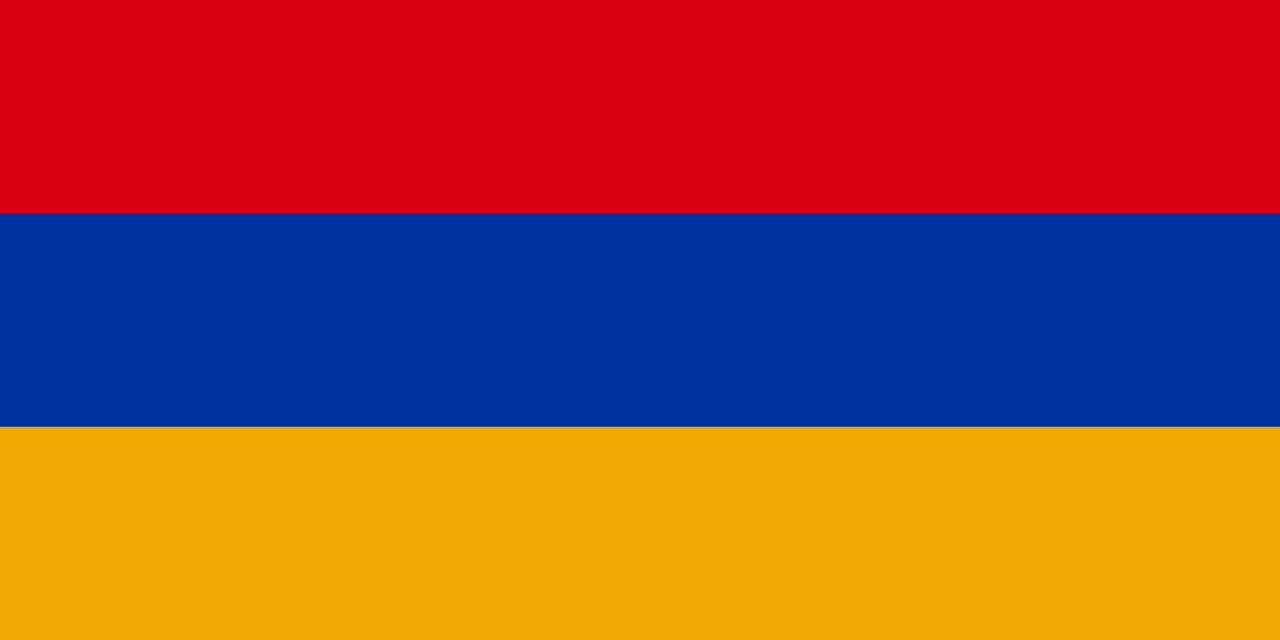The flag of Aruba is a distinctive and vibrant emblem that captures the essence of this Caribbean island's natural beauty, cultural heritage, and aspirations. It features a light blue field, reminiscent of the island's clear skies and turquoise waters, adorned with two narrow horizontal yellow stripes in the bottom half. In the upper hoist-side corner (canton), a red four-pointed star outlined in white stands out prominently. This unique design, rich in symbolism, represents Aruba's identity as a constituent country within the Kingdom of the Netherlands while celebrating its distinct character and autonomy.
Aruba information
| National Flag Day | March 18 |
| Sovereign state | No |
| Official name | — |
| Capital | Oranjestad |
| Population | 104,822 |
| Area | 193 km² |
| Currency | Aruban florin (AWG) |
| Language | Papiamento, Dutch, Spanish, English |
| Continent | North America |
| Region | Caribbean |
| Subregion | — |
| Borders | — |
| Timezone | America/Aruba (AST) UTC-4 |
| Calling code | +297 |
| Top-level domain | .aw |
History and evolution of the Aruban flag
 The current flag of Aruba was officially adopted on March 18, 1976, a date now celebrated annually as Flag Day. The design was created by Juan Enrique Irausquin, an Aruban artist and politician, who won a contest to design a flag that would represent Aruba's unique identity and aspirations.
The current flag of Aruba was officially adopted on March 18, 1976, a date now celebrated annually as Flag Day. The design was created by Juan Enrique Irausquin, an Aruban artist and politician, who won a contest to design a flag that would represent Aruba's unique identity and aspirations.
Prior to 1976, Aruba, as part of the Netherlands Antilles, used various flags that reflected its status within the Dutch colonial system. The creation of a distinct Aruban flag was a significant step towards greater autonomy and recognition of Aruba's unique cultural identity within the Kingdom of the Netherlands.
The adoption of this flag preceded Aruba's status as a constituent country of the Kingdom of the Netherlands, which it achieved on January 1, 1986. The flag thus symbolizes not only Aruba's cultural identity but also its journey towards greater self-governance and its special relationship with the Netherlands.
Symbolism and design of the Aruban flag
Every element of the Aruban flag is imbued with deep symbolism, reflecting various aspects of the island's geography, culture, and aspirations:
- Larkspur Blue Field: Often referred to as "Larkspur Blue," this color represents the Caribbean Sea surrounding Aruba. It symbolizes the island's connection to the ocean, its clear skies, and concepts of peace, hope, and Aruba's bright future.
- Yellow Stripes: The two narrow horizontal yellow stripes in the bottom half of the flag symbolize:
- The abundance of natural resources, including the gold industry that was once important to Aruba's economy.
- The vibrant spirit and warmth of the Aruban people.
- The island's beaches and sunny climate, key attractions for its tourism industry.
- Red Star: The four-pointed star in the canton holds multiple layers of meaning:
- It represents Aruba itself, standing out as a unique entity.
- The four points symbolize the four main languages spoken on the island: Papiamento, Dutch, Spanish, and English.
- The red color signifies the love and patriotism of the Aruban people for their island.
- White Outline: The white border around the star represents:
- The purity of the Aruban people's hearts.
- The white beaches surrounding the island.
- The island's production of aloe, another historically significant industry.
Usage and significance of the Aruban flag
 The flag of Aruba serves as a powerful symbol of national identity, unity, and pride. It is prominently displayed on government buildings, schools, and public institutions across the island. During national holidays, such as Flag Day (March 18) and Aruba Day (March 16), the flag takes center stage in celebrations, parades, and official ceremonies.
The flag of Aruba serves as a powerful symbol of national identity, unity, and pride. It is prominently displayed on government buildings, schools, and public institutions across the island. During national holidays, such as Flag Day (March 18) and Aruba Day (March 16), the flag takes center stage in celebrations, parades, and official ceremonies.
In international contexts, the Aruban flag represents the island at regional Caribbean events, sporting competitions, and cultural festivals. While Aruba is not a sovereign nation, its flag is recognized as a symbol of its distinct identity within the Kingdom of the Netherlands.
The flag also plays a significant role in Aruba's tourism industry, often featured in promotional materials as a symbol of the island's unique character and warm hospitality. Many visitors to Aruba purchase miniature versions of the flag as souvenirs, further spreading awareness of Aruba's distinct cultural heritage.
Interesting facts about the Aruban flag
- The Aruban flag is one of the few national or subnational flags to feature a four-pointed star, making it easily recognizable.
- The specific shade of blue used in the flag is officially defined as Pantone 279C, ensuring consistency in its reproduction.
- The flag's design was chosen through a public contest, reflecting the democratic values of Aruban society.
- On Flag Day, many Arubans wear the colors of the flag or display it prominently, showing their national pride.
- The Aruban flag is often flown alongside the Dutch flag, symbolizing Aruba's status within the Kingdom of the Netherlands.
- In Aruban culture, the flag is sometimes referred to as "Betico's Flag," in honor of Gilberto François "Betico" Croes, a key figure in Aruba's journey towards autonomy.
- The flag's design has inspired various elements of Aruban culture, including artwork, fashion, and even culinary presentations that incorporate its distinctive colors and patterns.
